Flavor and taste performance of hand-made Kilimanjaro coffee grown in Tanzania
Professional coffee knowledge exchange more coffee bean information please follow the coffee workshop (Wechat official account cafe_style)
With its soft acidity and smooth taste, Tanzanian coffee has gained a lot of hearts of coffee lovers who like African coffee but do not like bright sour coffee. Despite its proximity to Kenya, the coffee flavor in Tanzania is softer and more balanced than in Kenya. Guests on the front street gave such a beautiful evaluation of Tanzanian coffee: "this cup of coffee has a smooth, velvety texture."
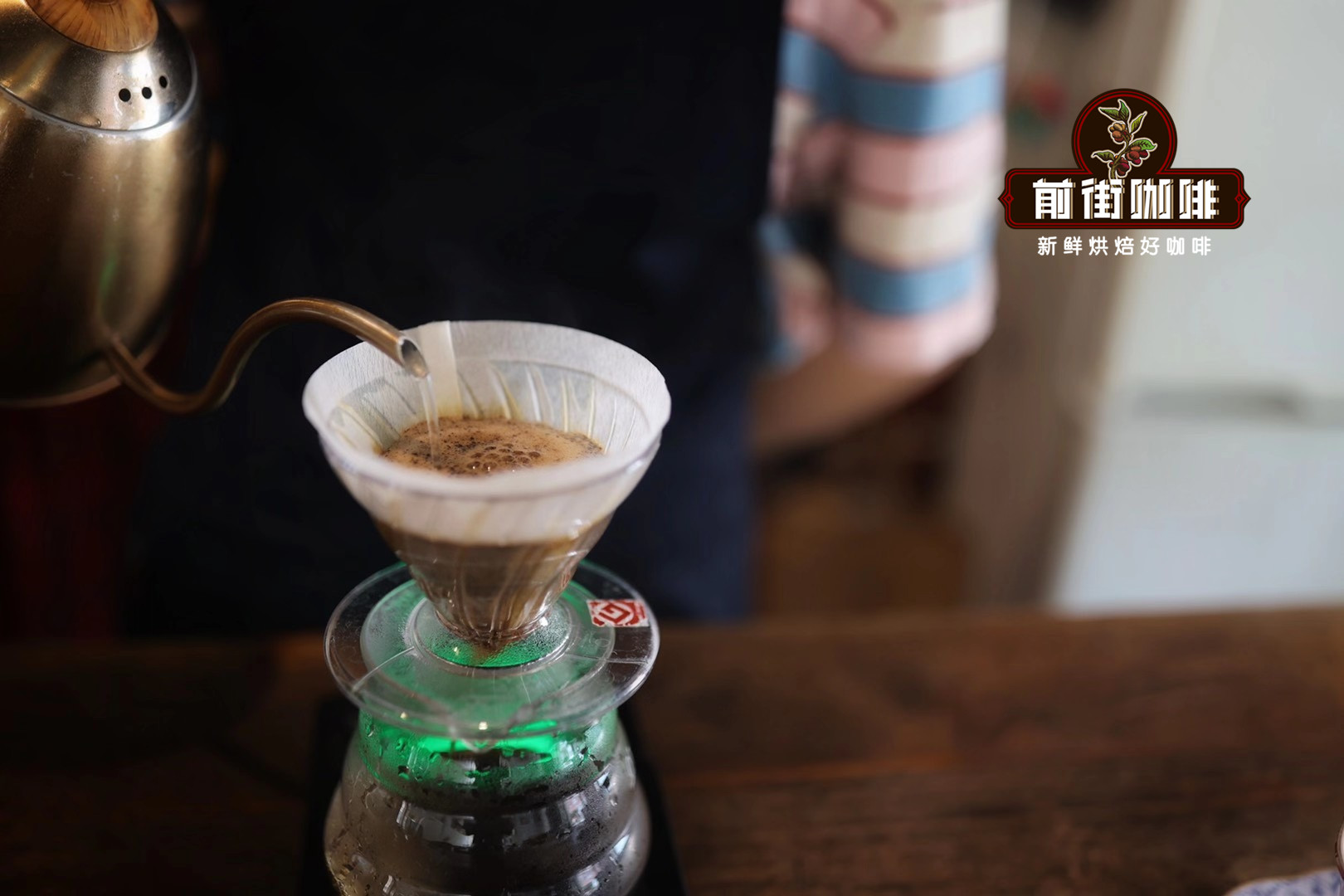
History of planting in Tanzania
Coffee first became a cash crop in Tanzania (formerly Tanganyika) during German colonial rule. In 1911, the colonial government ordered the planting of Arabica coffee trees in the Bukoba producing area, but the planting method was so different from the traditional practice of the Hayans that the Hayas were reluctant to replace food crops with coffee trees. Even so, coffee production in this area has increased.
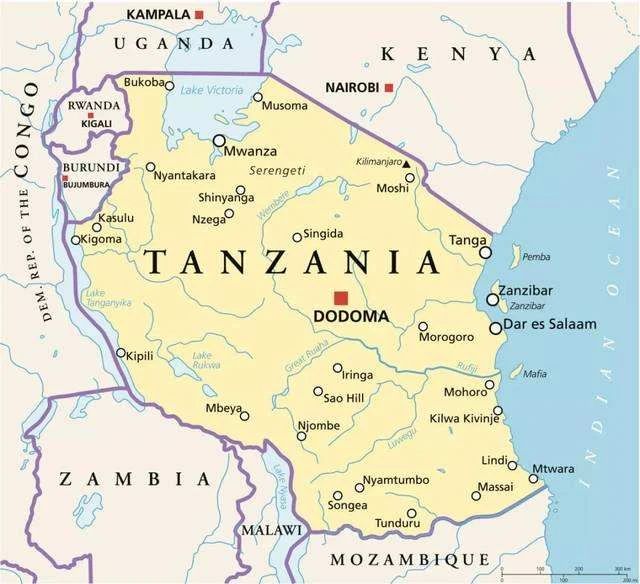
After the first World War, the management of the district was transferred to the British. They planted more than 10 million coffee seedlings in Bukoba, but they also clashed with the Hayans, usually uprooting them. Therefore, compared with Chagga district, the coffee industry here has not developed significantly.
The first common cooperative was established in 1925 as Kilimanjaro Native Planters'Association (KNRA). This is the first of several co-operatives, so its producers have more freedom to sell directly to London for higher prices.
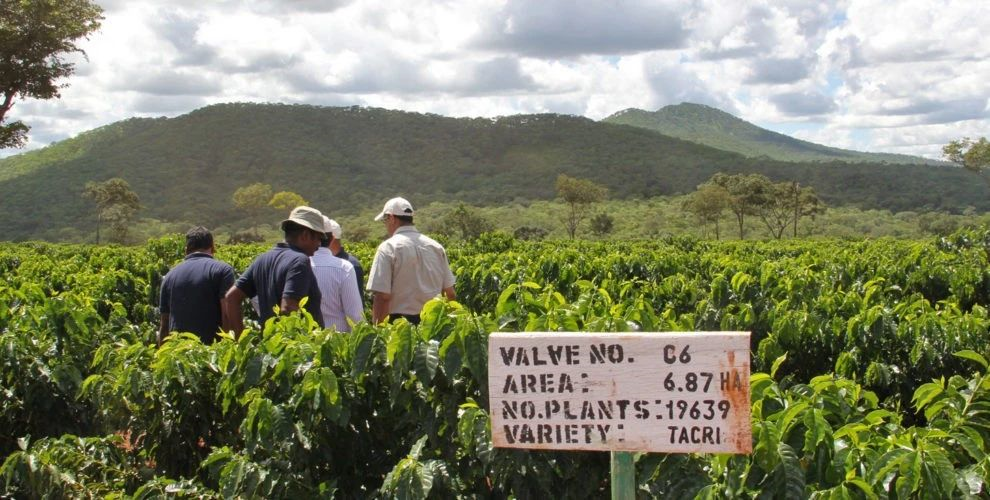
After Tanzania became independent in 1961, it focused on the coffee industry and tried to triple coffee production in 1970, but the plan did not happen. Since the 1990s, a series of reforms have been carried out in the coffee industry in Tanzania, but unfortunately, a kind of coffee blight spread in the late 1990s, which greatly reduced the amount of coffee in northern Tanzania.
Coffee producing area
Coffee cultivation in Tanzania is mainly distributed in Kilimanjaro and the southern region.
Mount Mount Kilimanjaro is the highest mountain on the African continent, with an elevation of 1050-2500m. Sufficient height, volcanic soil and pure snow-melting water are the most suitable areas for coffee cultivation. Some coffee trees planted here are more than 100 years old. Coffee was first introduced by Christians from Kenya to grow coffee. Coffee trees must be carefully taken care of, weeded and fertilized, and old branches must be cut off so that new branches can grow to maintain the quality of coffee beans. The harvest time of coffee in Kilimanjaro is from July to December every year, and the main varieties are bourbon, iron pickup and Kent.
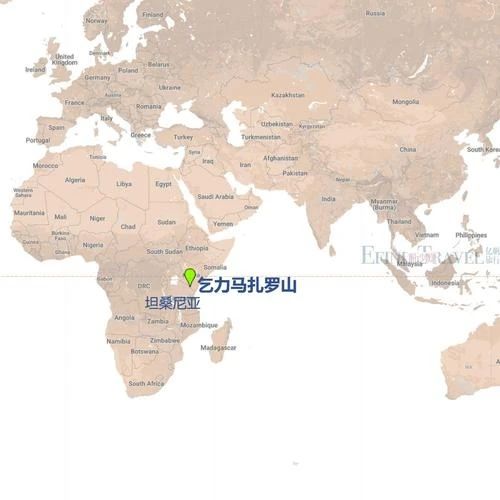
The southern region includes RUVUMA and MBEYA. The southern region of 1200,000m above sea level is considered to be a potential producing area for producing high-quality coffee. In the past, the development was hindered by lack of funds, and in recent years it has attracted the attention of many certification groups and non-governmental organizations. At present, it is improving the quality of coffee which is not highly rated in the southern region. The harvest time of coffee in the southern region is from June to October every year, and the main varieties are bourbon, iron pickup and Kent.
Coffee variety
Boubon generally refers to red bourbon when we say bourbon. Because after the red bourbon general coffee tree blossoms and bears fruit, the color change of the coffee fruit is from green > to light yellow > to light orange > to mature red > to ripe dark red, so it is also said that [red bourbon] is planted in bourbon at high altitude. it usually has a better aroma, while the acidity is brighter, and it even tastes like red wine.
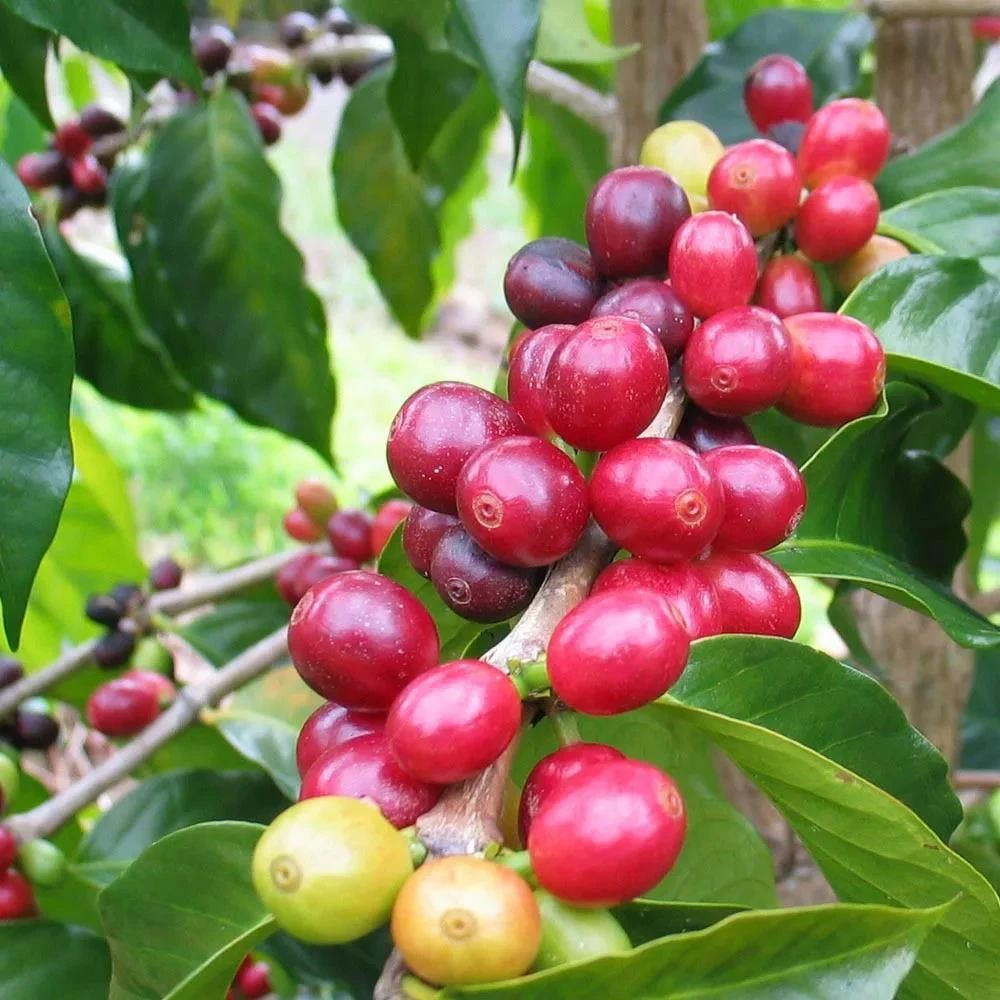
Typica iron pickup has excellent taste and is recognized as a boutique coffee variety, but its yield is extremely low and vulnerable to rust, which requires more manpower management. Tieka Coffee, native to Ethiopia and southeastern Sudan, is the most widely cultivated variety of coffee in the Western Hemisphere. The plant is strong, but it is not resistant to light. The top leaf of the iron pickup is red and copper, which is called Tongding coffee.
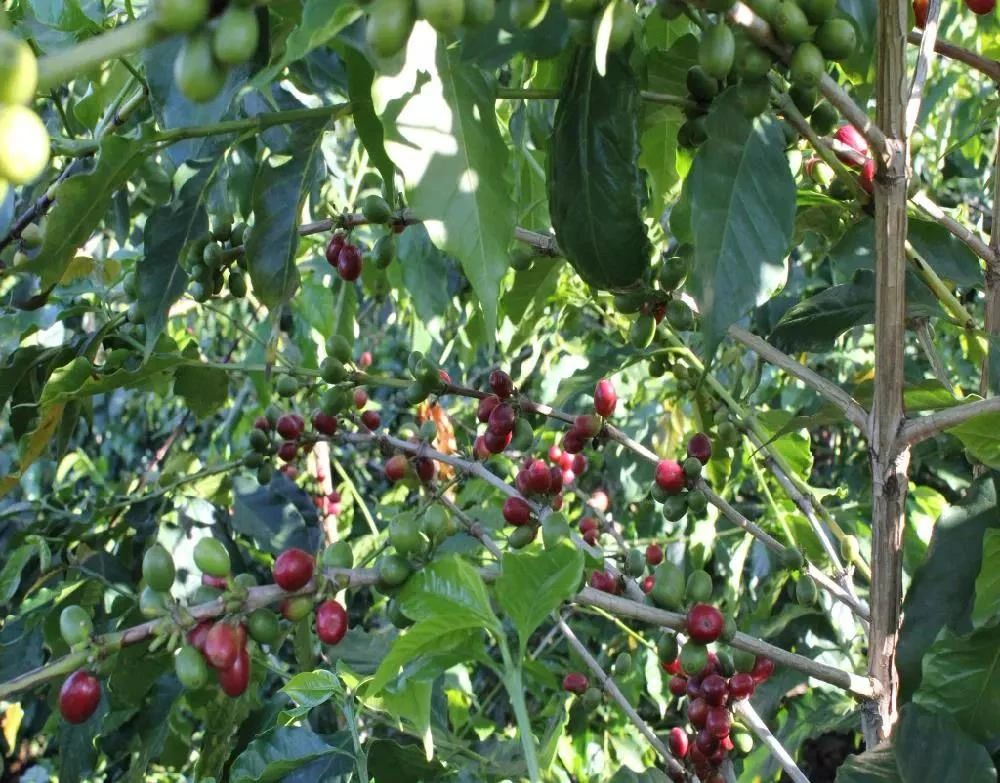
Kent, a hybrid of S288 and iron pickup, was discovered in 1911 at the Kent Cafe Garden in Mysso, India. It has high yield and rust resistance. The aroma of coffee is thicker than that of bourbon, and it has been introduced to new world producing countries such as Kenya and Indonesia.
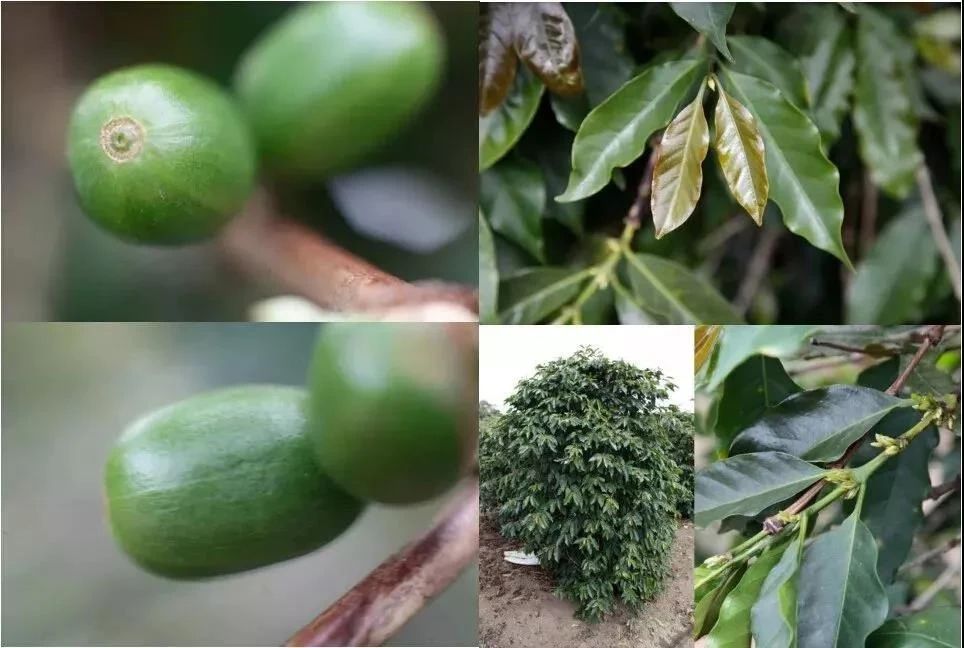
Coffee bean treatment
Tanzanian coffee is mostly washed. After picking, coffee farmers will send the coffee fruit to the nearest processing plant for processing.
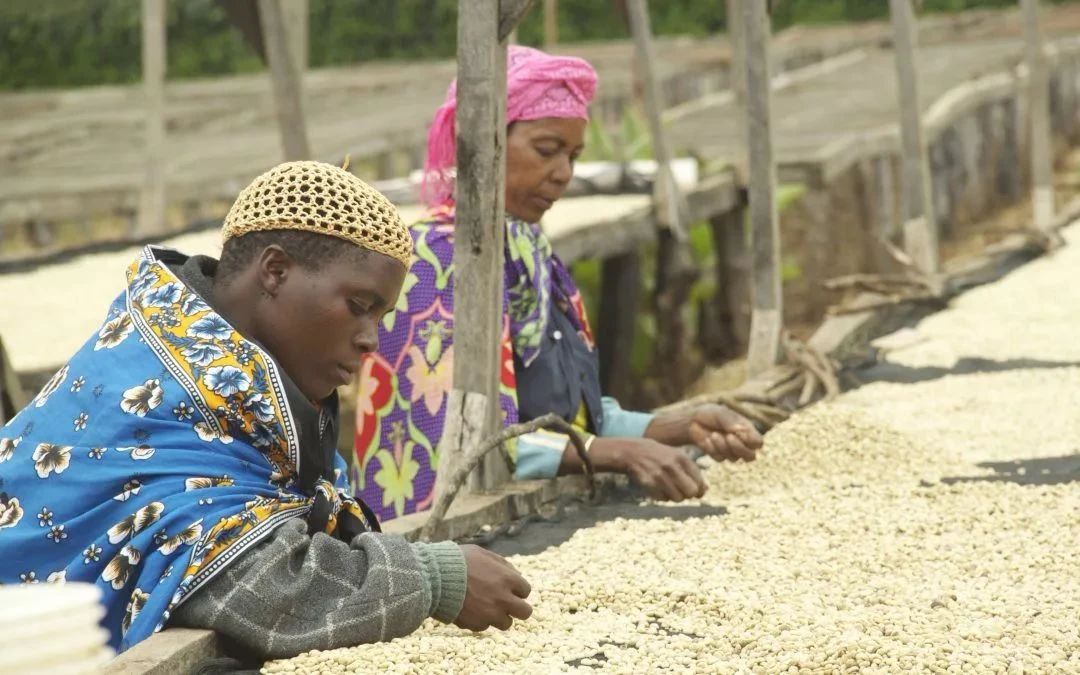
The steps of washing treatment are as follows:
1. The impurities in coffee fruit were screened and removed.
2. Remove the pulp and exocarp of coffee.
3. Put it into the fermentation tank and ferment for 18-36 hours to remove the pectin layer on the inner pericarp.
4. clean it and then dry it.
Coffee grading
Coffee in Tanzania is graded in the same way as in Kenya, both according to the size of coffee beans. When screening, let the raw coffee beans pass through the screen with fixed-size holes. The larger the number of the screen, the larger the particles of the raw coffee beans.
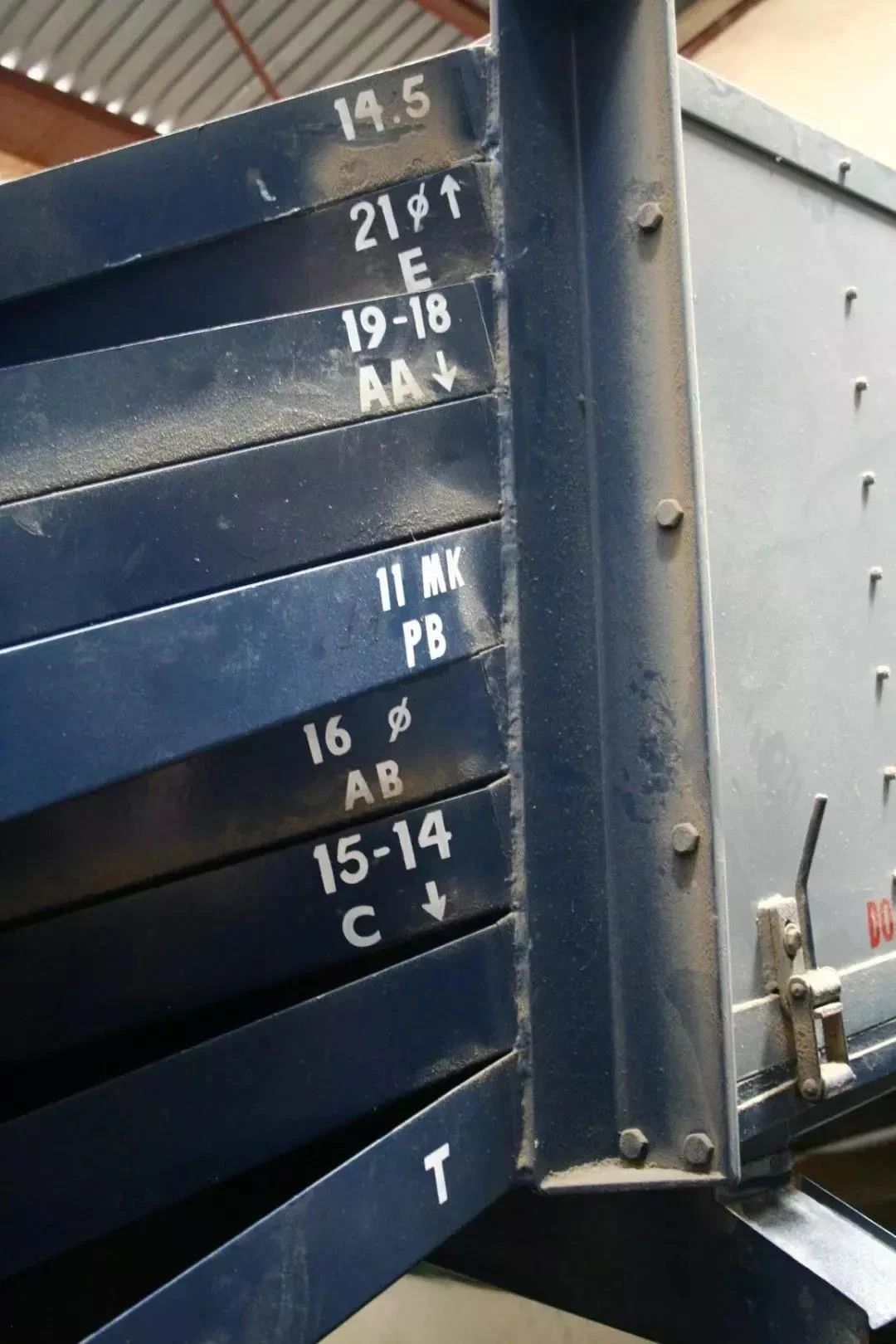
AAA grade: particle size (Screen Size) is above 19 mesh
AA grade: particle size (Screen Size) between 17mm and 18mesh
AB grade: particle size (Screen Size) between 15mm and 16mesh
PB: round raw beans, accounting for about 10% of all coffee beans
Class C: particle size (Screen Size) between 12 and 14 mesh
The rich volcanic ash gives the coffee here a strong texture and soft acidity, with the characteristics of typical African coffee beans. Qianjie chose Kilimanjaro coffee because this bean is the highest grade of AA beans, through the cup test, brewing and other aspects of the quality are high, the cup measured flavor can reflect the flavor of the Tanzanian region.
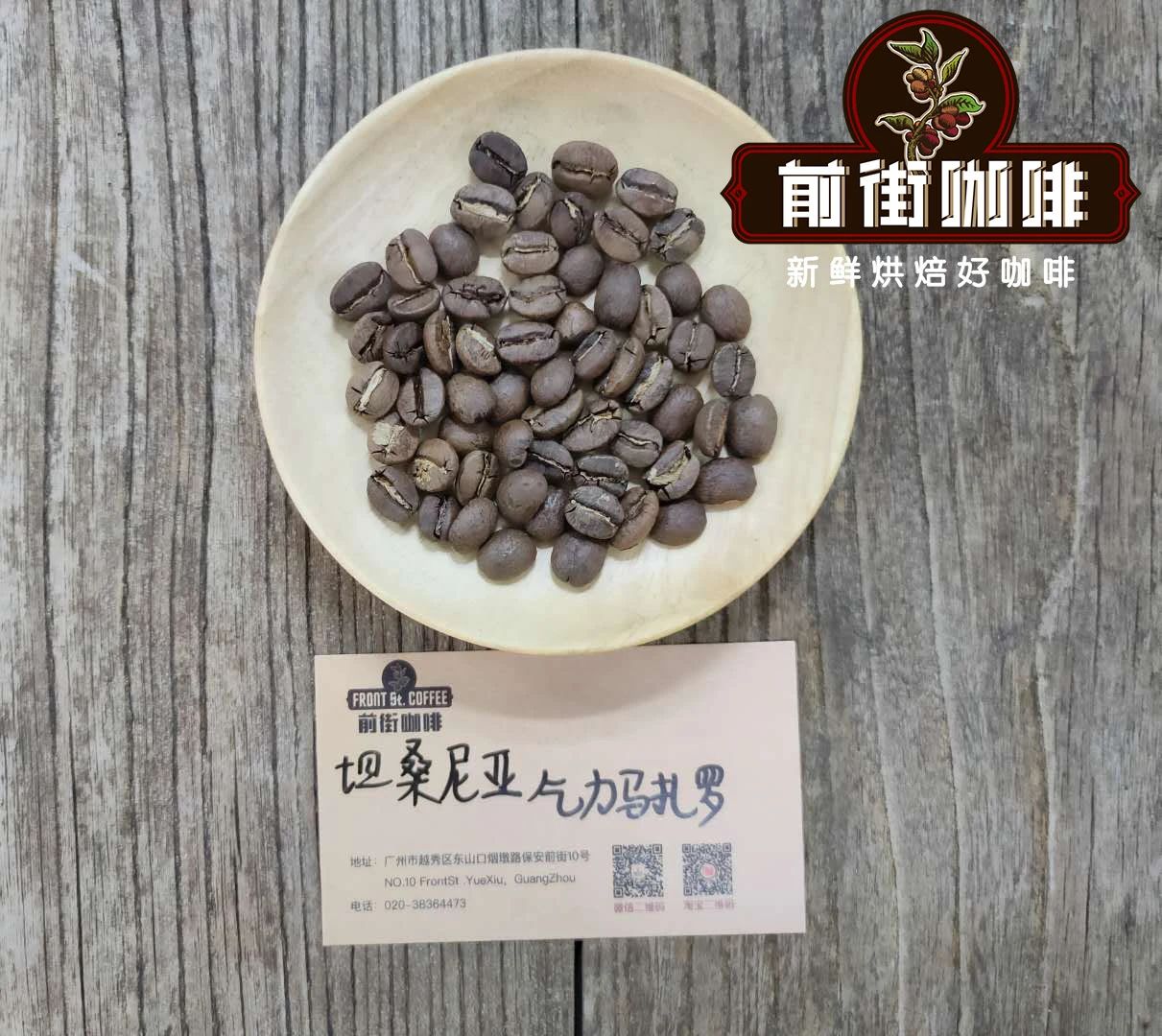
Producing area: Kilimanjaro volcano area in the northern highland
Treatment: washing
Grade: AAA
Variety: iron pickup
Altitude: 1300-2000m
Qianjie baking suggestion
Kilimanjaro coffee is a uniform size of large coffee beans, the color is gray-green, compared with a strong sour and sweet flavor, excellent flavor. Medium and shallow baking will give off a sweet taste and a light sour taste.
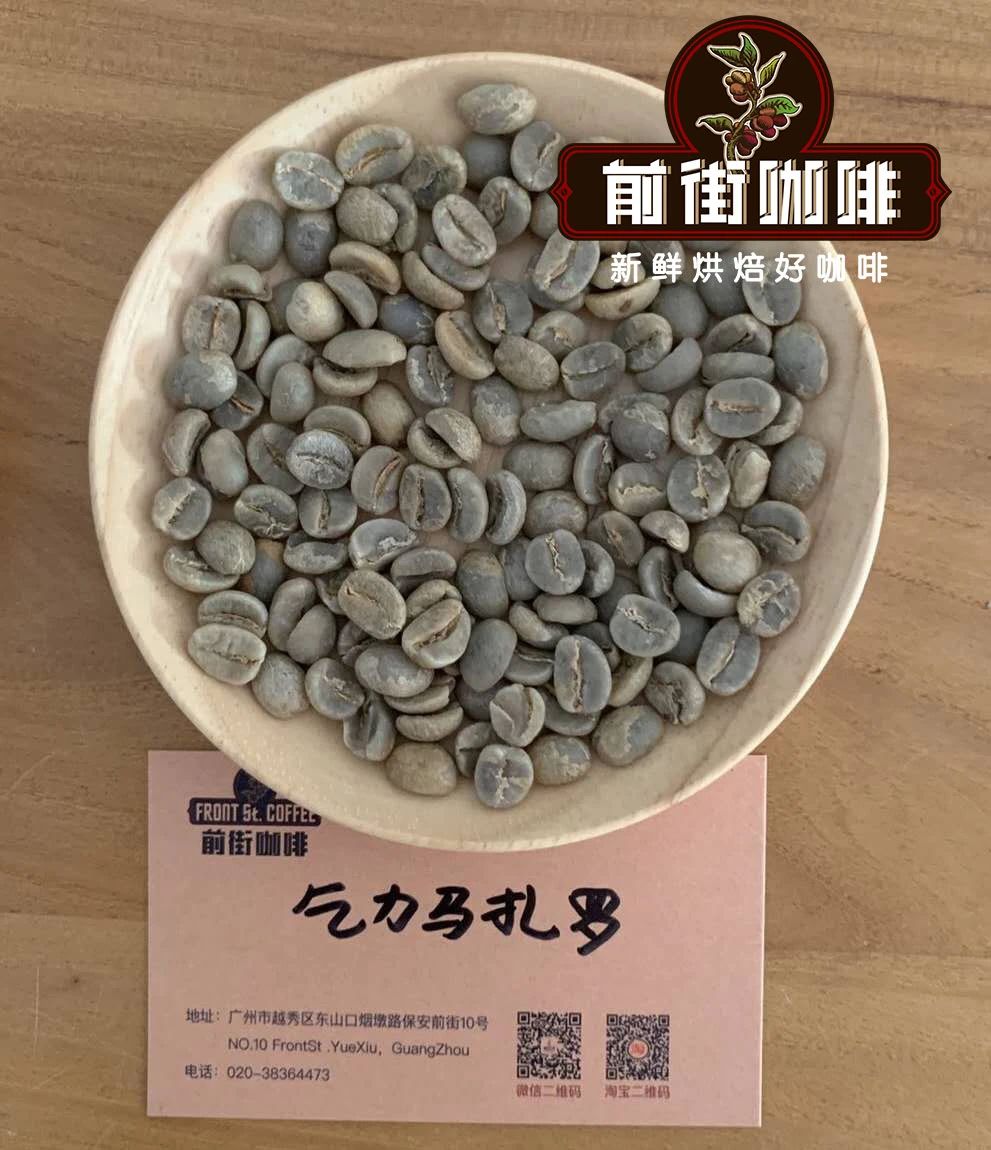
Enter the bean temperature: 170 °C, turn yellow point: 6 °30150.8 °C, 1 explosion: 10 °16182.7 °C, 1 °45 seconds, 193 °C.
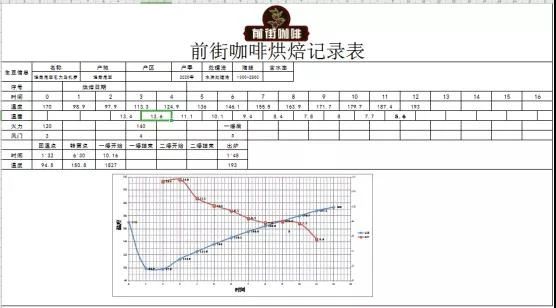
Qianjie Cup test report
Dry incense: caramel
Wet fragrance: berries
Cup test results: imported citrus, berries, tea
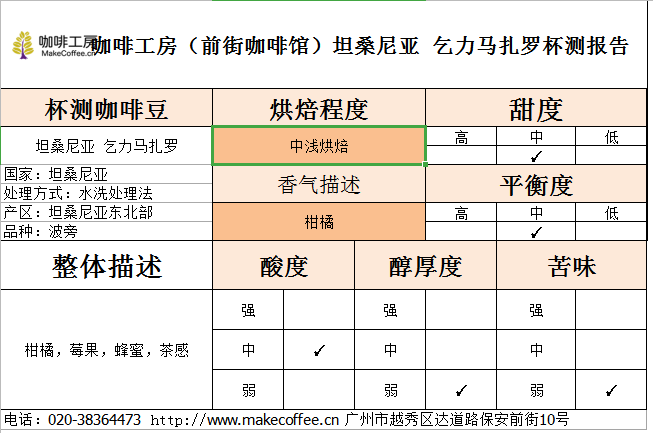
The suggestion of cooking in Qianjie
The V60 conical filter cup is recommended in the front street. V60 cup mouth is relatively large, coupled with its unique spiral curve ribs, so that the air can be discharged more easily to improve the extraction quality. The taste may not be thick enough, but its high concentration with the sweet and sour and obvious aroma of Kilimanjaro is a major feature of it.
Water temperature: 90-91 degrees
Degree of grinding: fine sugar size / 20 sieve bowl sieve powder to 80%
Ratio of powder to water: 1:15
Amount of powder: 15g
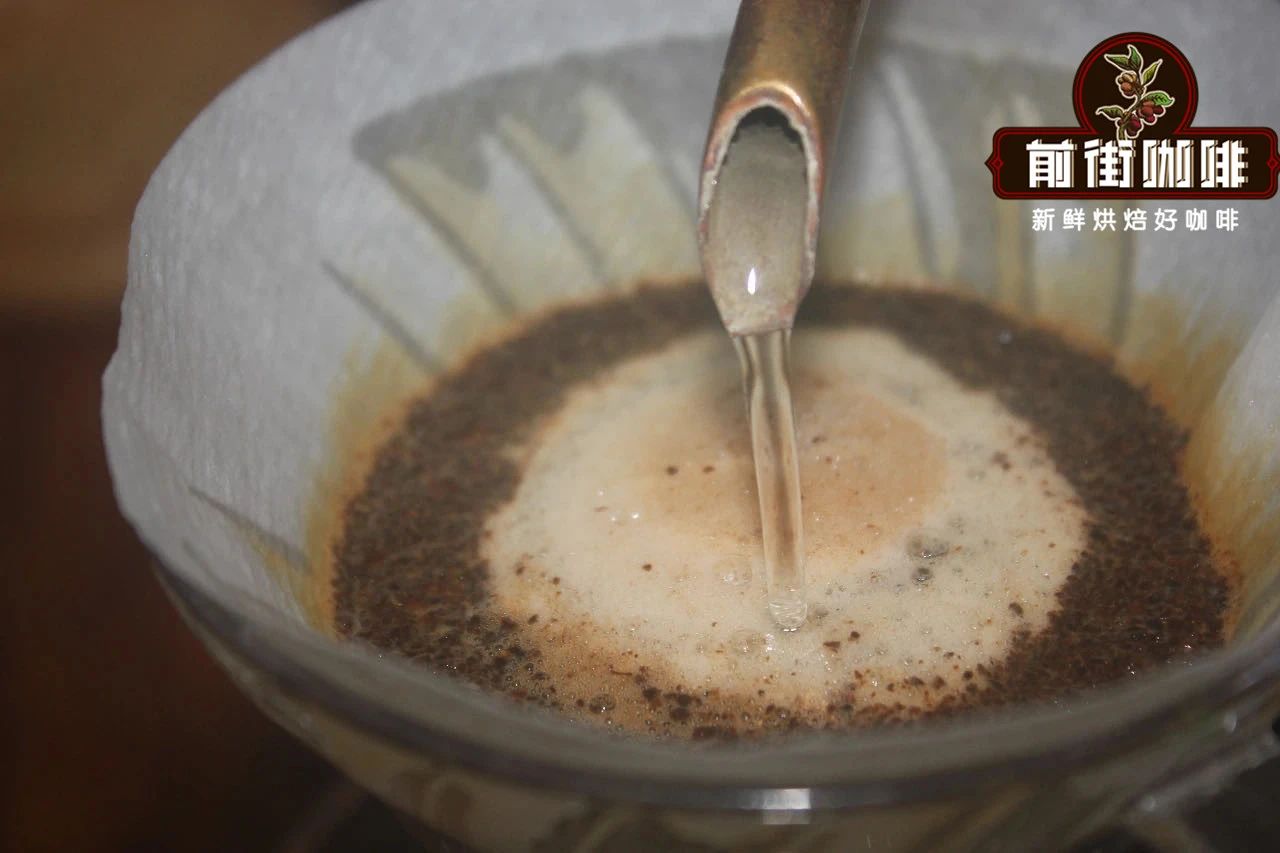
Qianjie coffee is extracted by stages, that is, three-stage water injection, 30 grams of water stuffy steam for 30 seconds, the second small flow circle water injection to 125 grams of water cut off, waiting for the water to drop and then slowly water injection, the speed is uniform, the water level should not be too high, the water injection should be stopped at 225 grams again, and the extraction time is 2 minutes and 03 seconds (including steaming time).
Cooking flavor: aroma of berries, soft acidity of imported citrus, middle nuts, honey finish.
For more boutique coffee beans, please add private Qianjie coffee on Wechat. WeChat account: kaixinguoguo0925
Important Notice :
前街咖啡 FrontStreet Coffee has moved to new addredd:
FrontStreet Coffee Address: 315,Donghua East Road,GuangZhou
Tel:020 38364473
- Prev
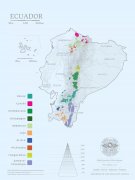
Flavor characteristics of Ecuadorian Organic Coffee beans in South America Coffee producing area
Professional coffee knowledge exchange more coffee bean information please follow the coffee workshop (Wechat official account cafe_style) talking about South American coffee producing areas, Panama, Colombia, Costa Rica, Brazil and other famous coffee producing countries can immediately come to mind of coffee lovers. In South America, there is also a country known as the highest elevation of Arabica coffee cultivation.
- Next
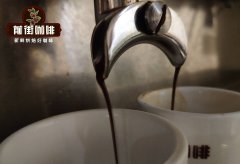
What kind of espresso is good to concentrate? Why is there always a scorched smell in concentration?
Because of the natural tight structure of coffee beans, if you want to extract the coffee liquid quickly, you must go through fine grinding to make the water have a higher extraction ability, and then make espresso through the high pressure of the espresso machine. A seemingly simple process, baristas must use correct extraction parameters according to the roasting degree of coffee beans to ensure that coffee is ideally extracted.
Related
- Beginners will see the "Coffee pull flower" guide!
- What is the difference between ice blog purified milk and ordinary milk coffee?
- Why is the Philippines the largest producer of crops in Liberia?
- For coffee extraction, should the fine powder be retained?
- How does extracted espresso fill pressed powder? How much strength does it take to press the powder?
- How to make jasmine cold extract coffee? Is the jasmine + latte good?
- Will this little toy really make the coffee taste better? How does Lily Drip affect coffee extraction?
- Will the action of slapping the filter cup also affect coffee extraction?
- What's the difference between powder-to-water ratio and powder-to-liquid ratio?
- What is the Ethiopian local species? What does it have to do with Heirloom native species?

